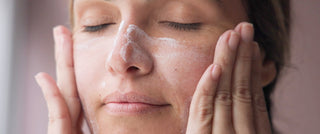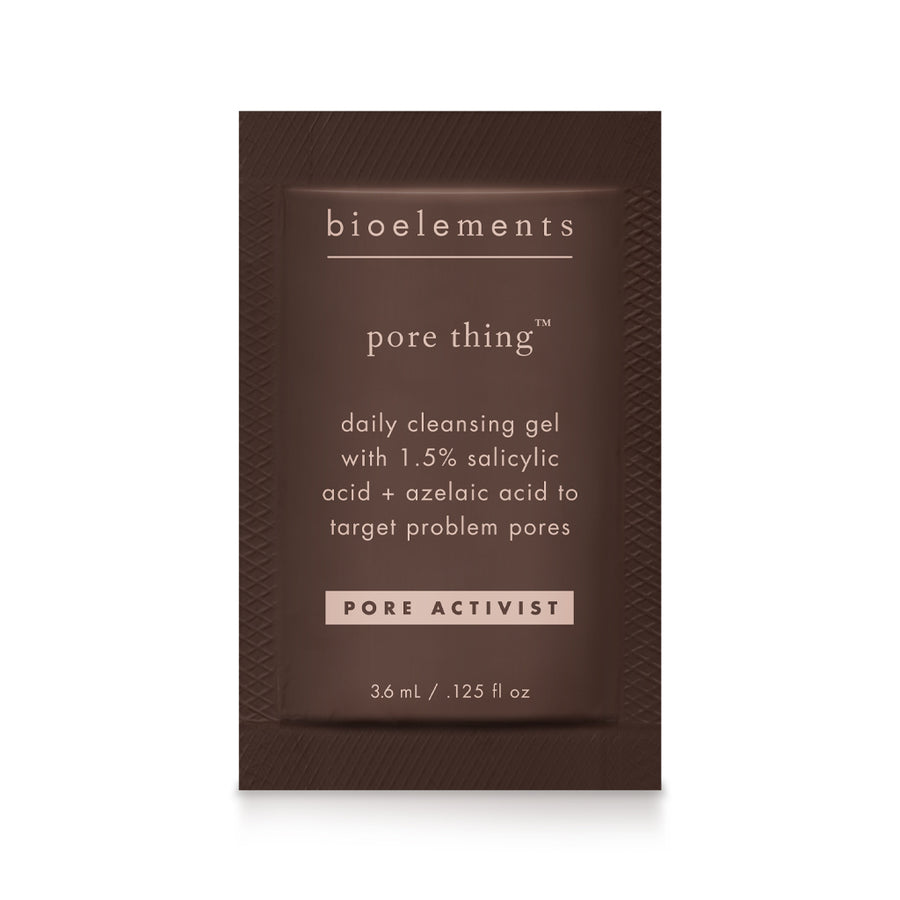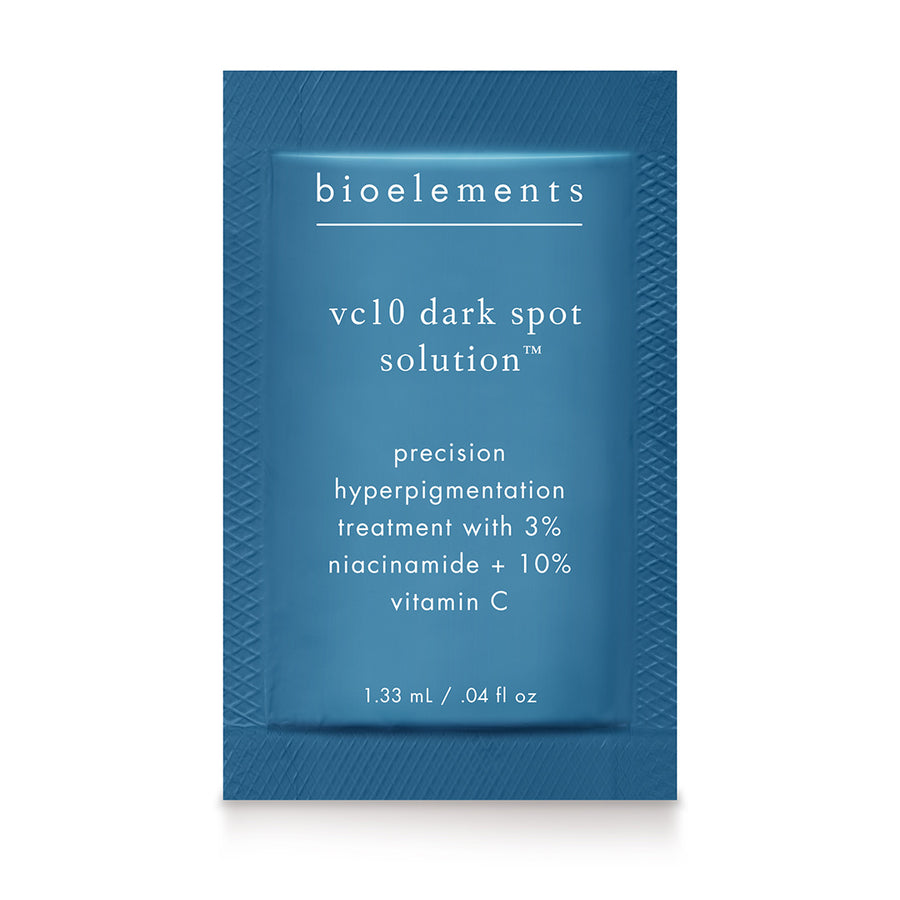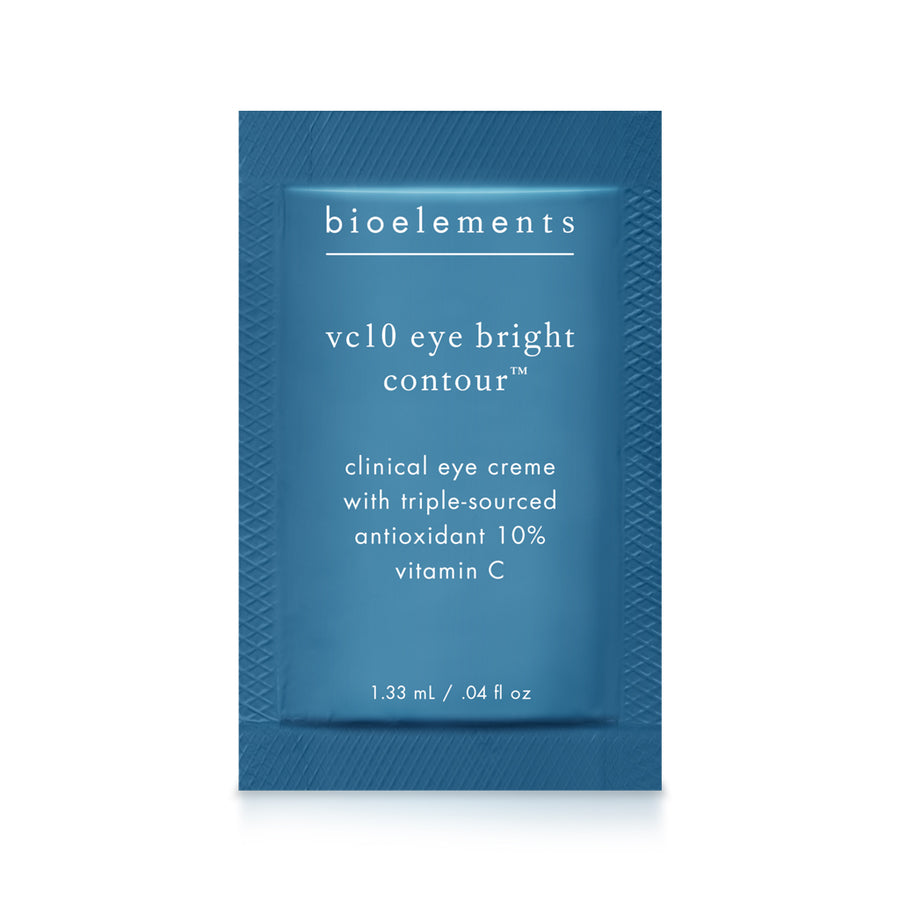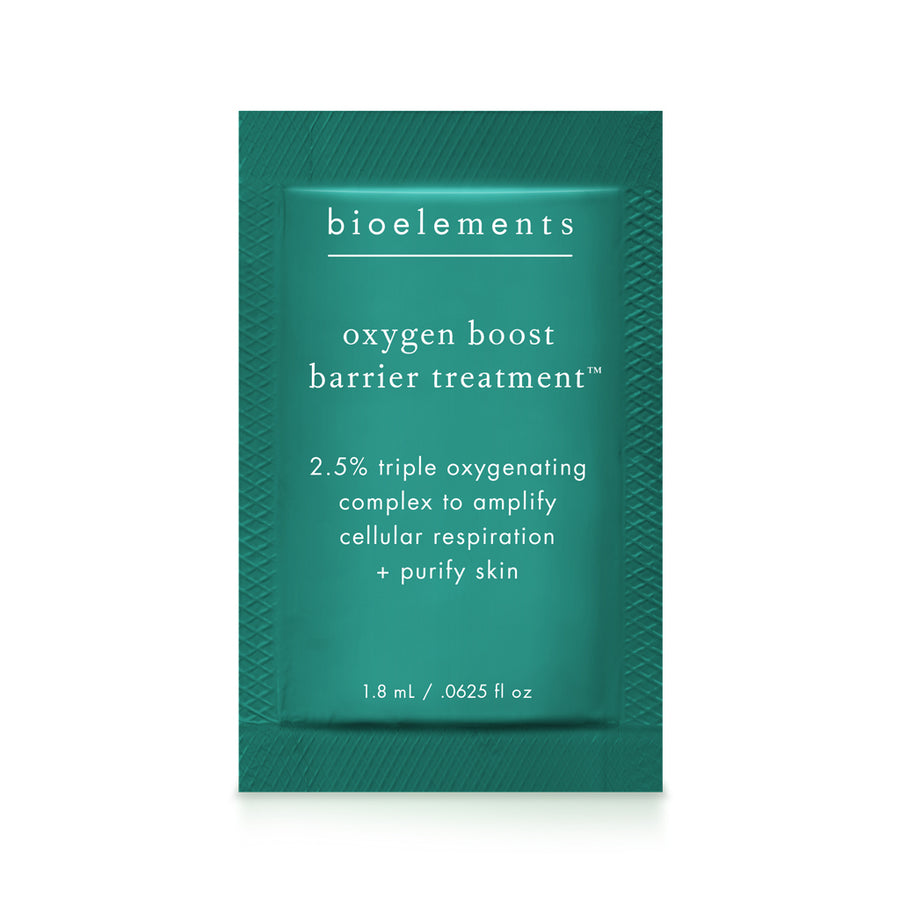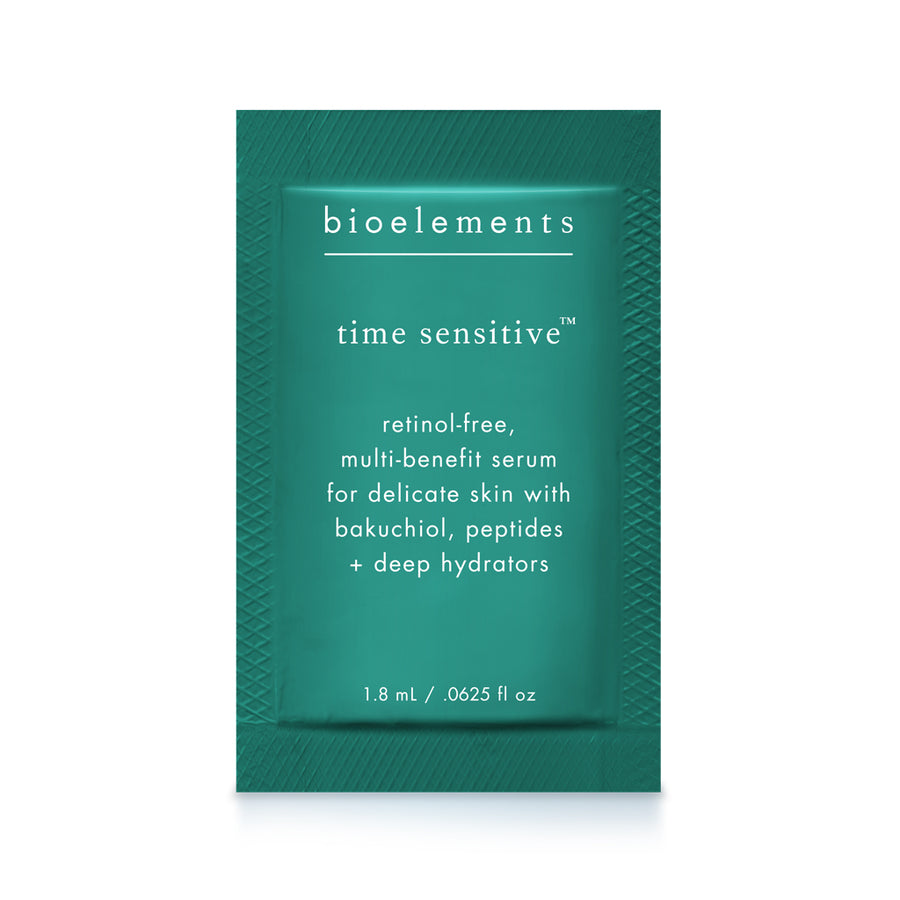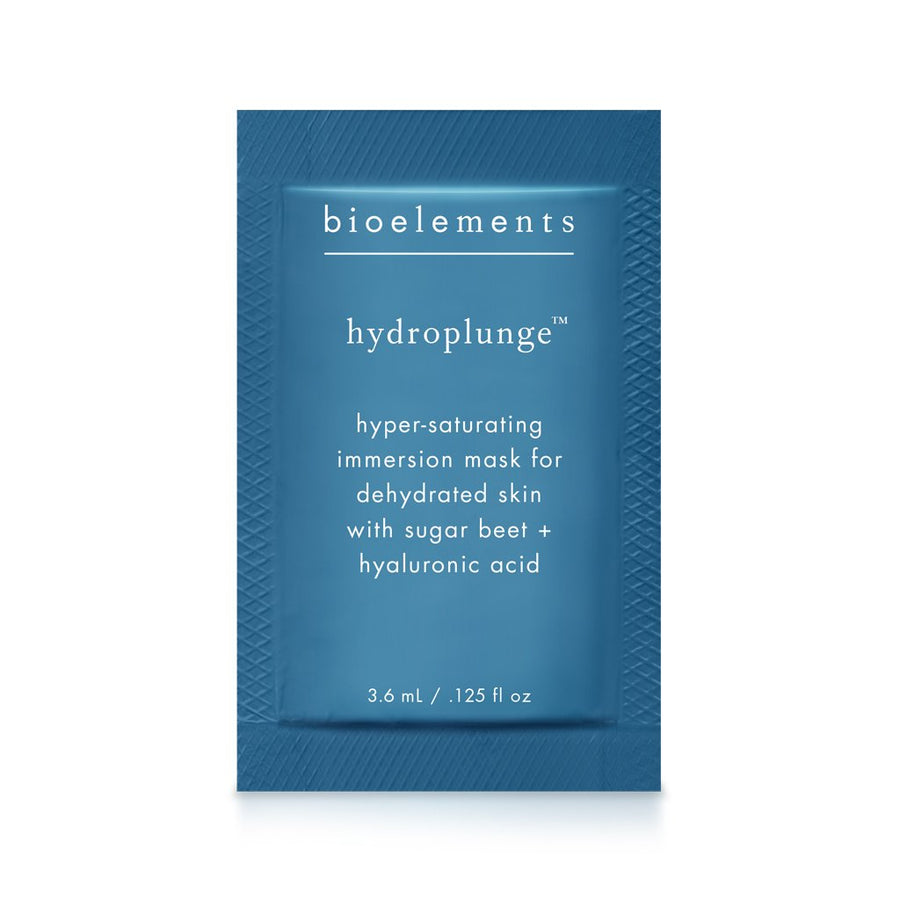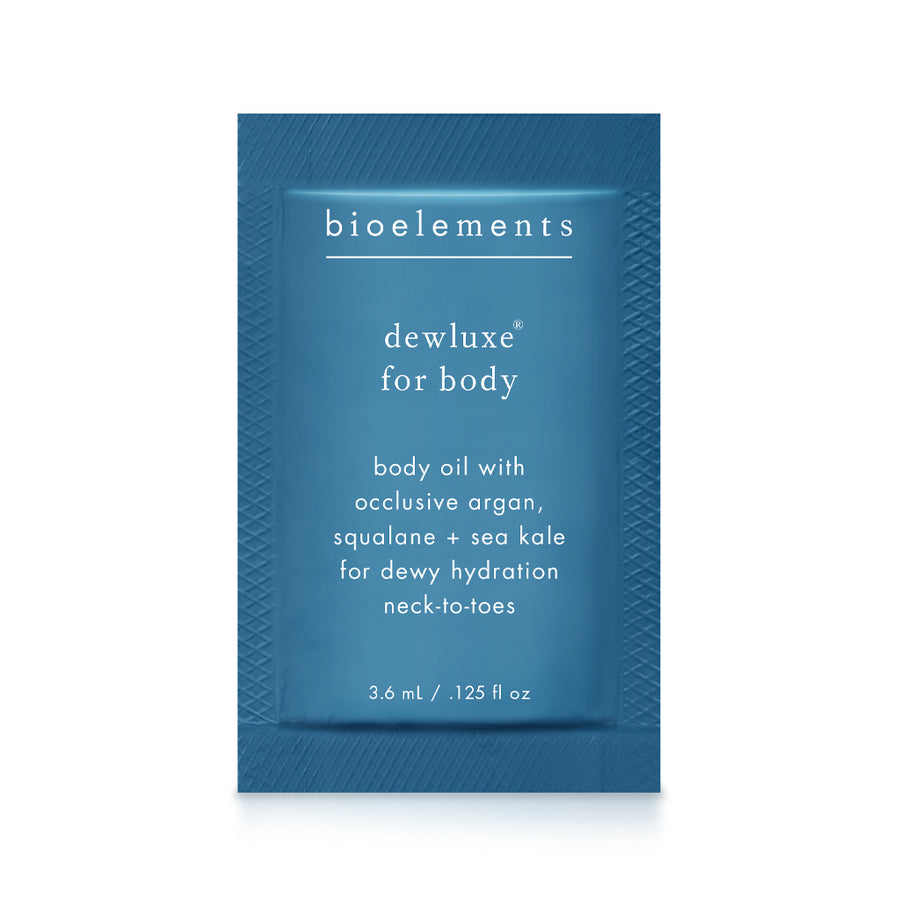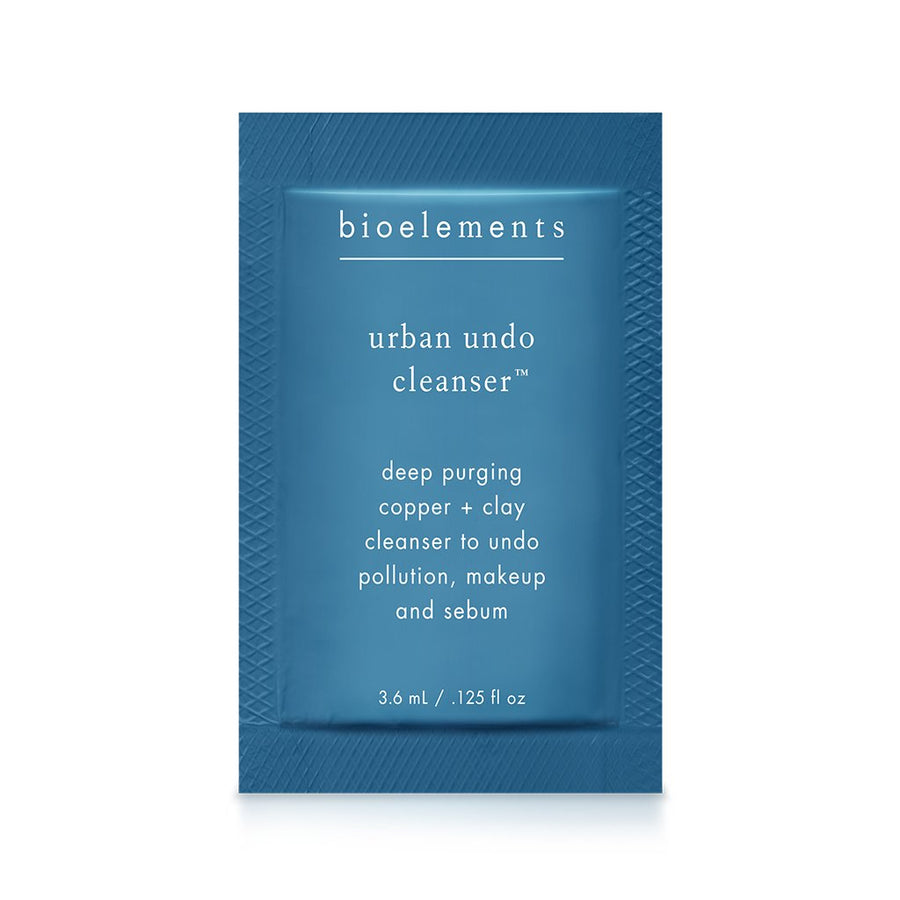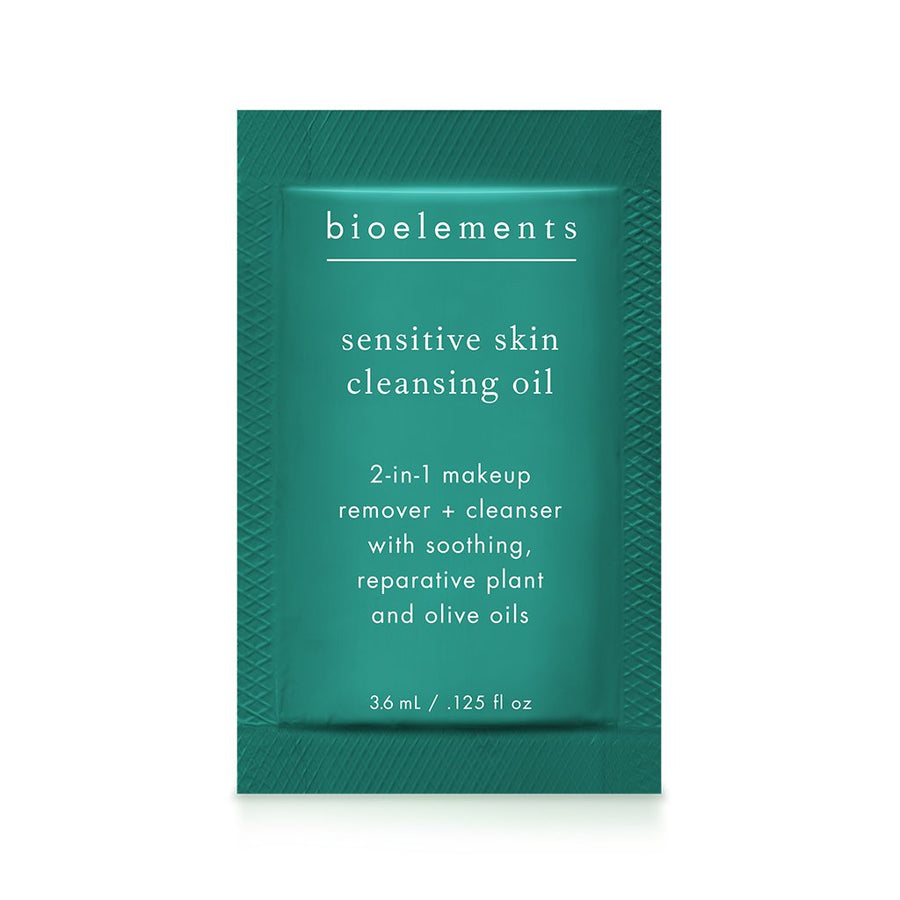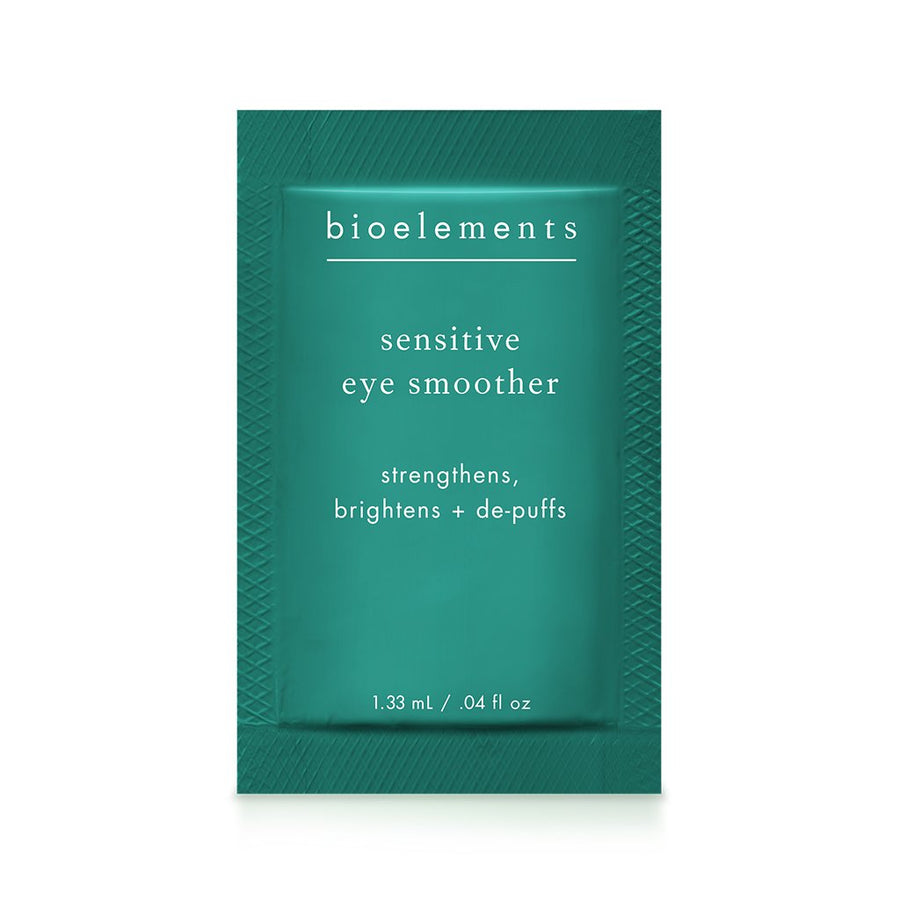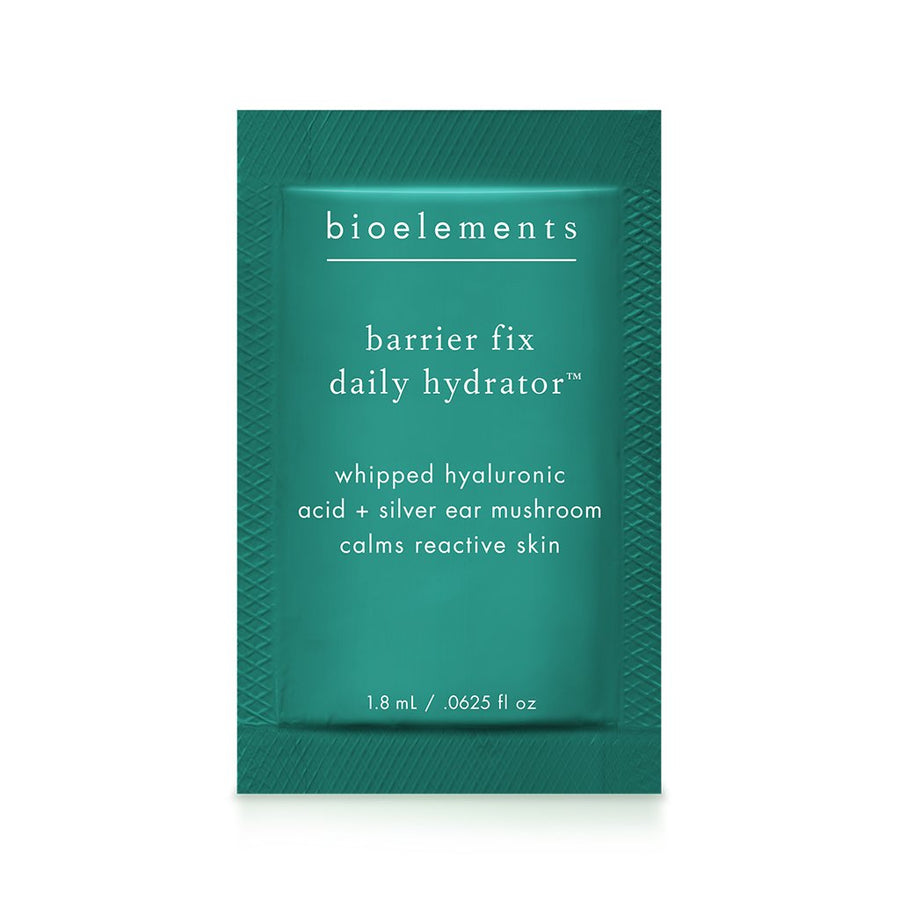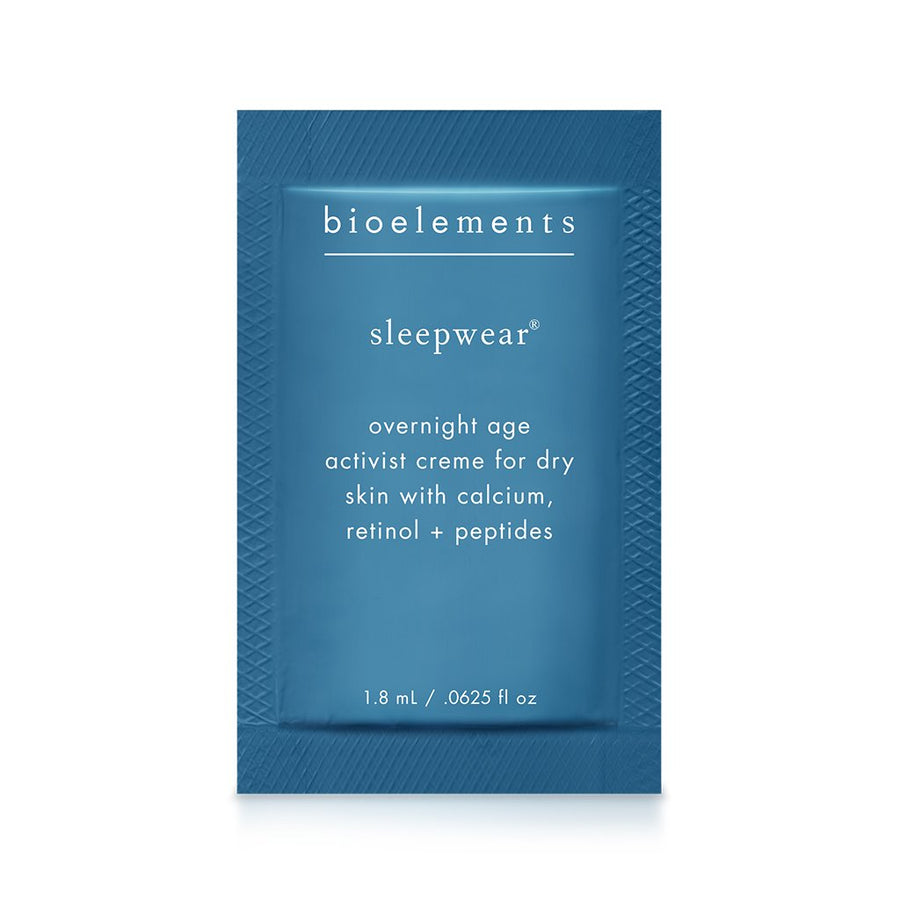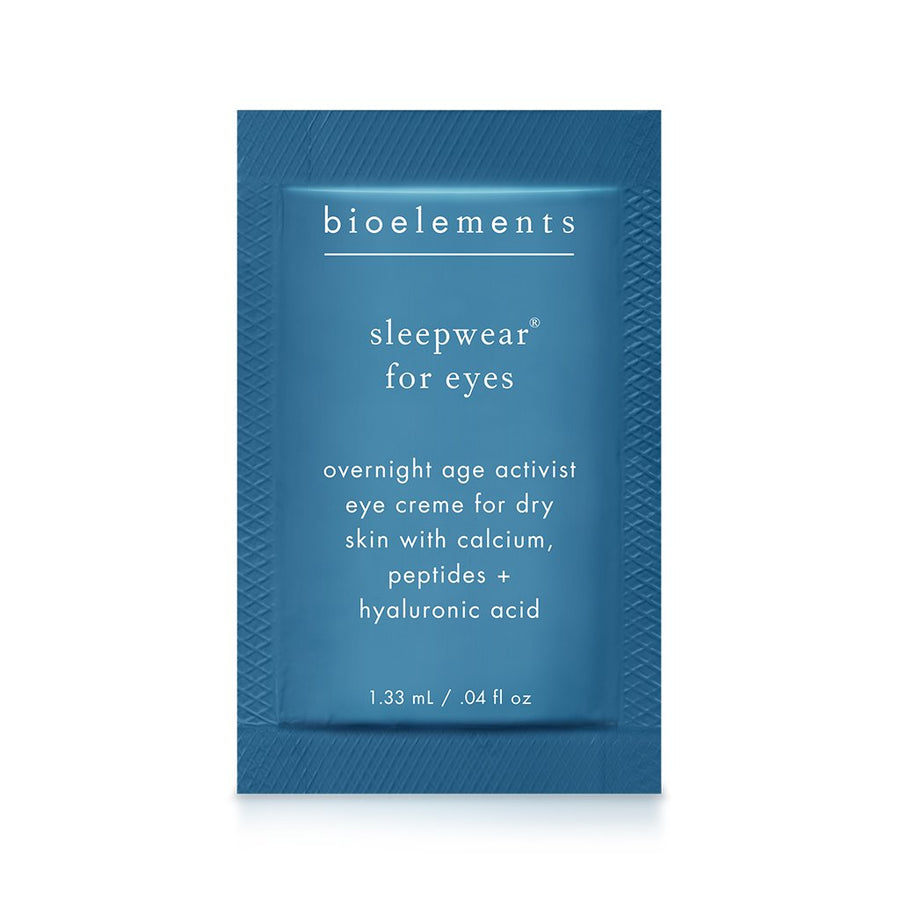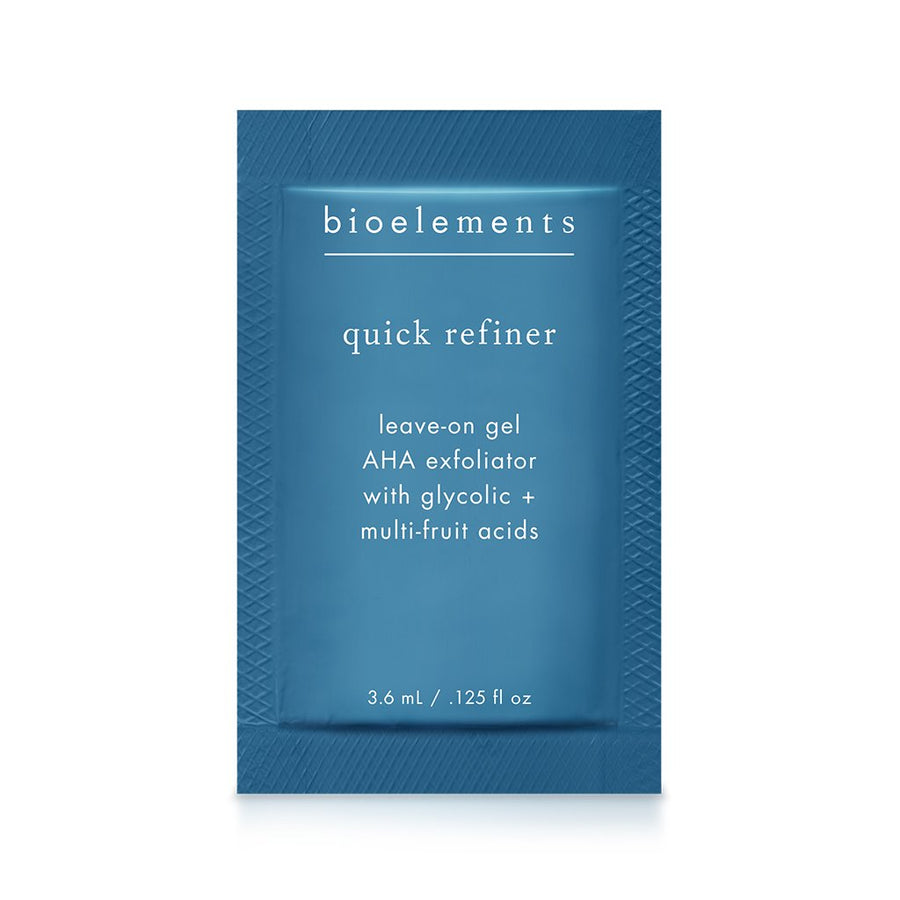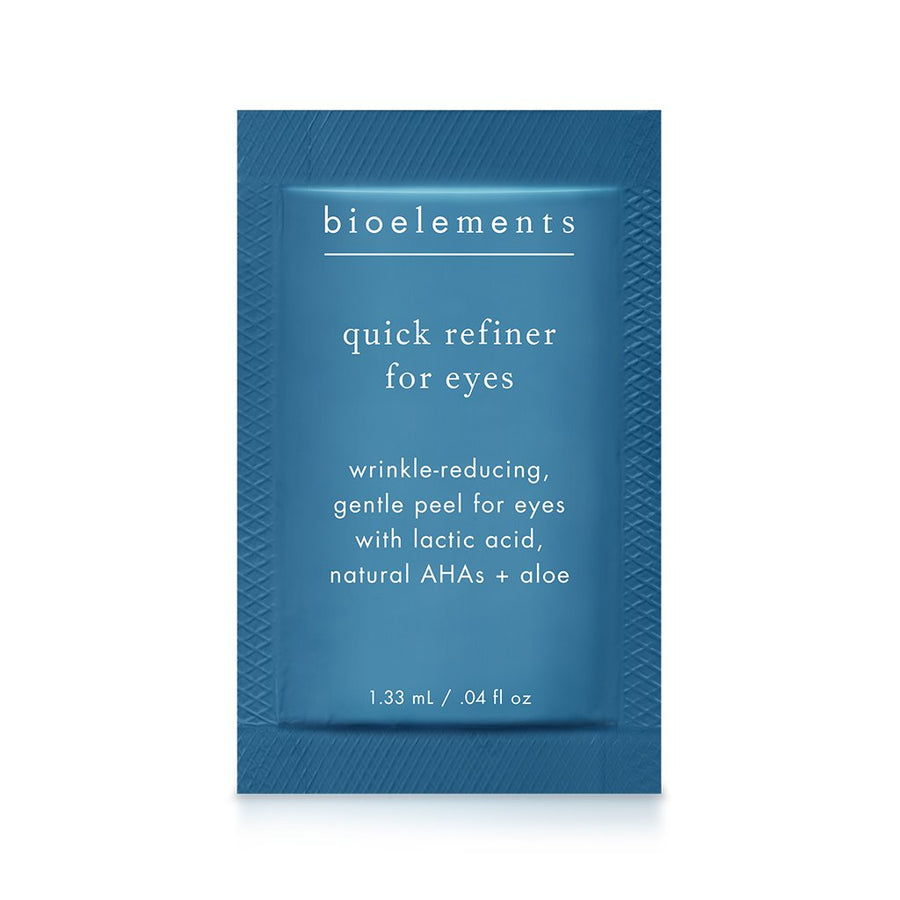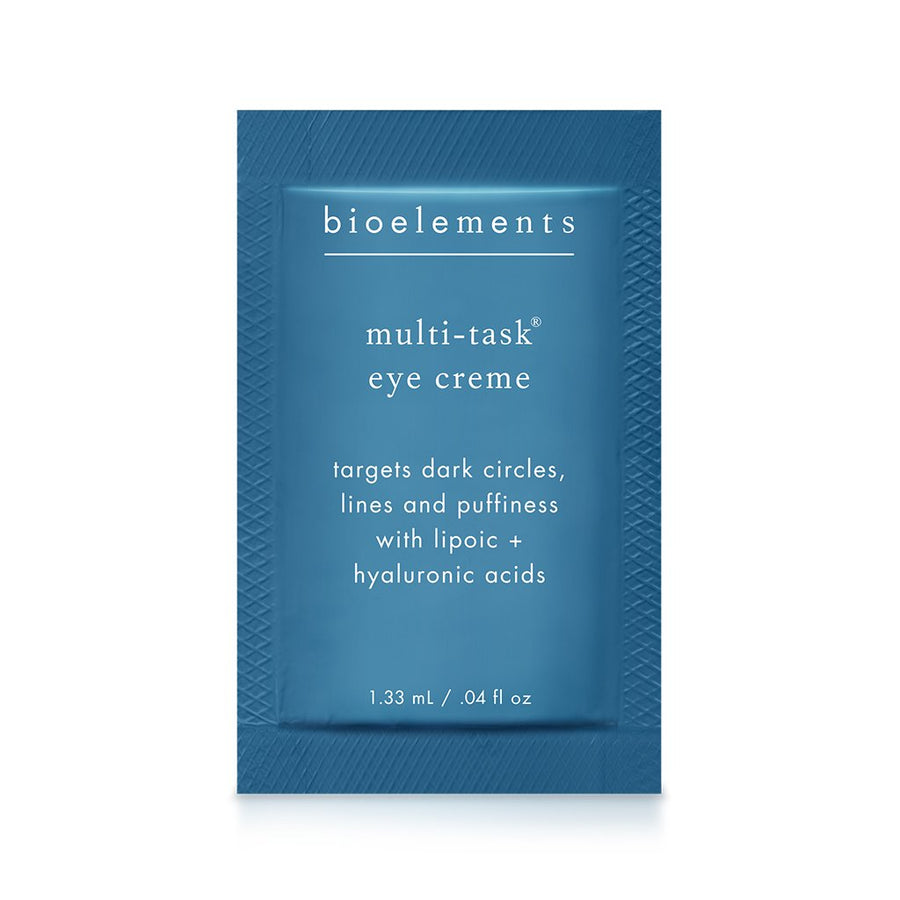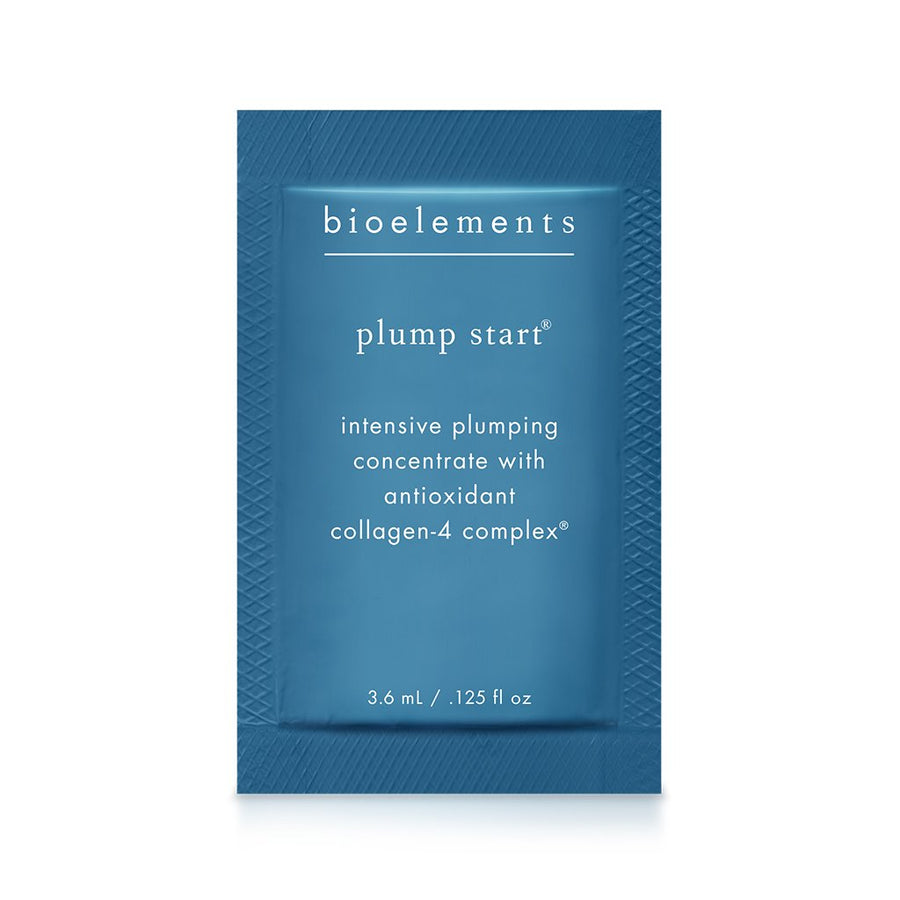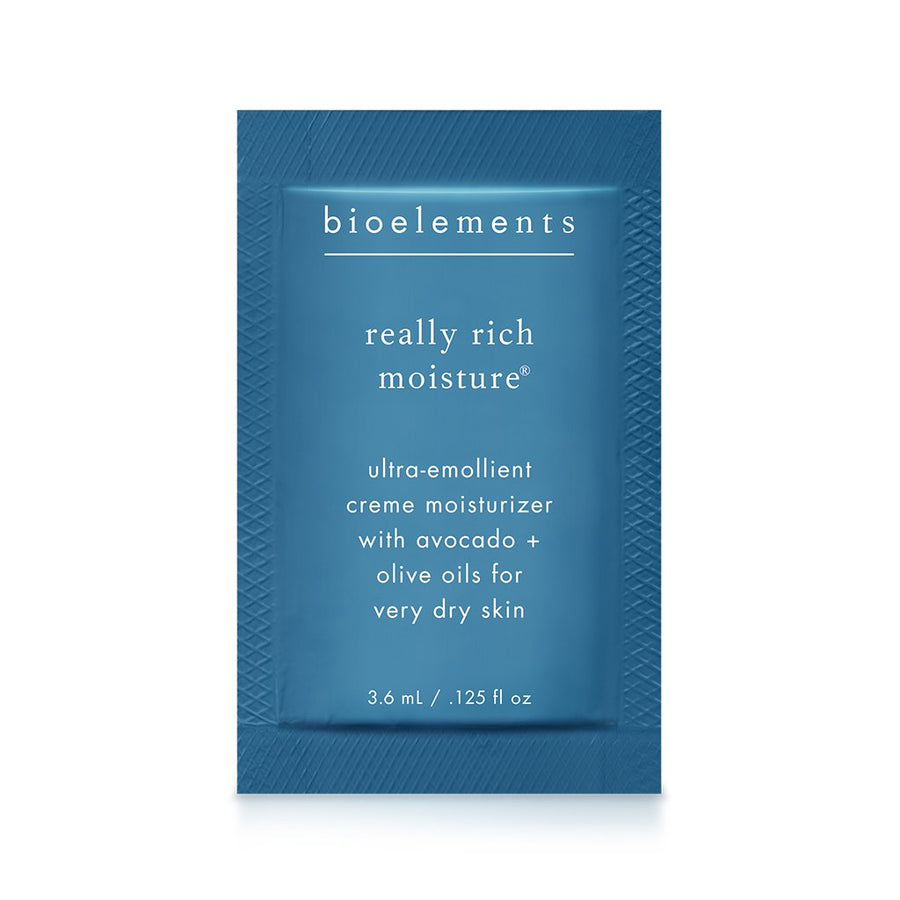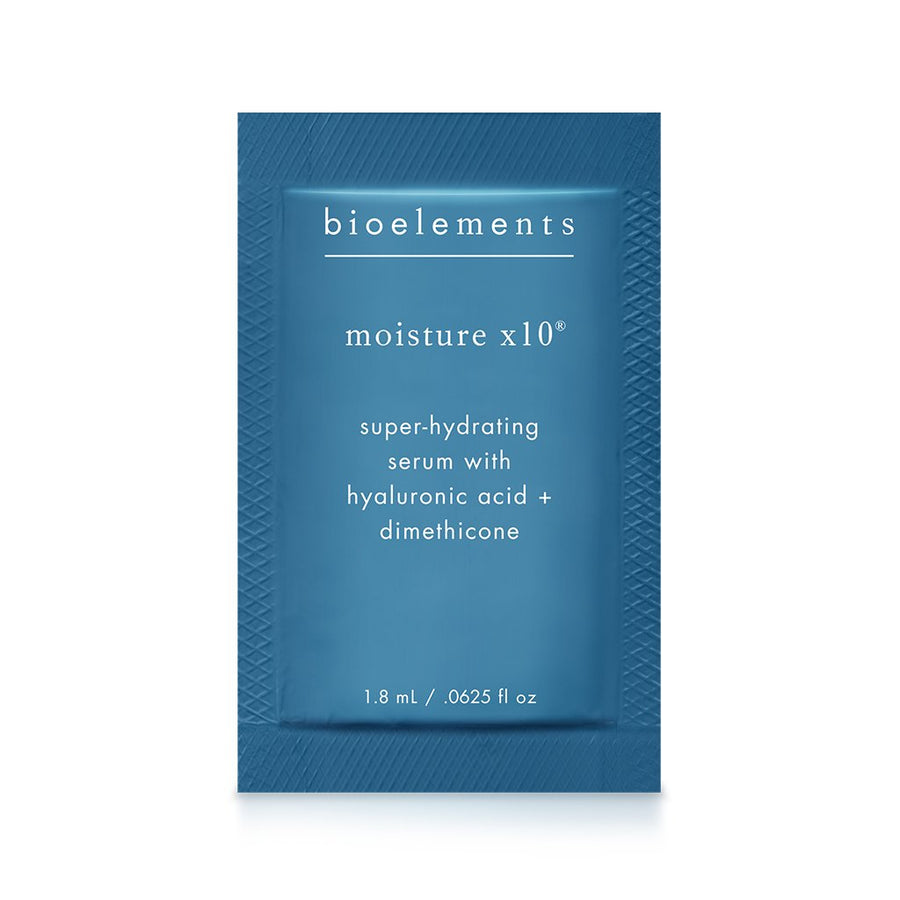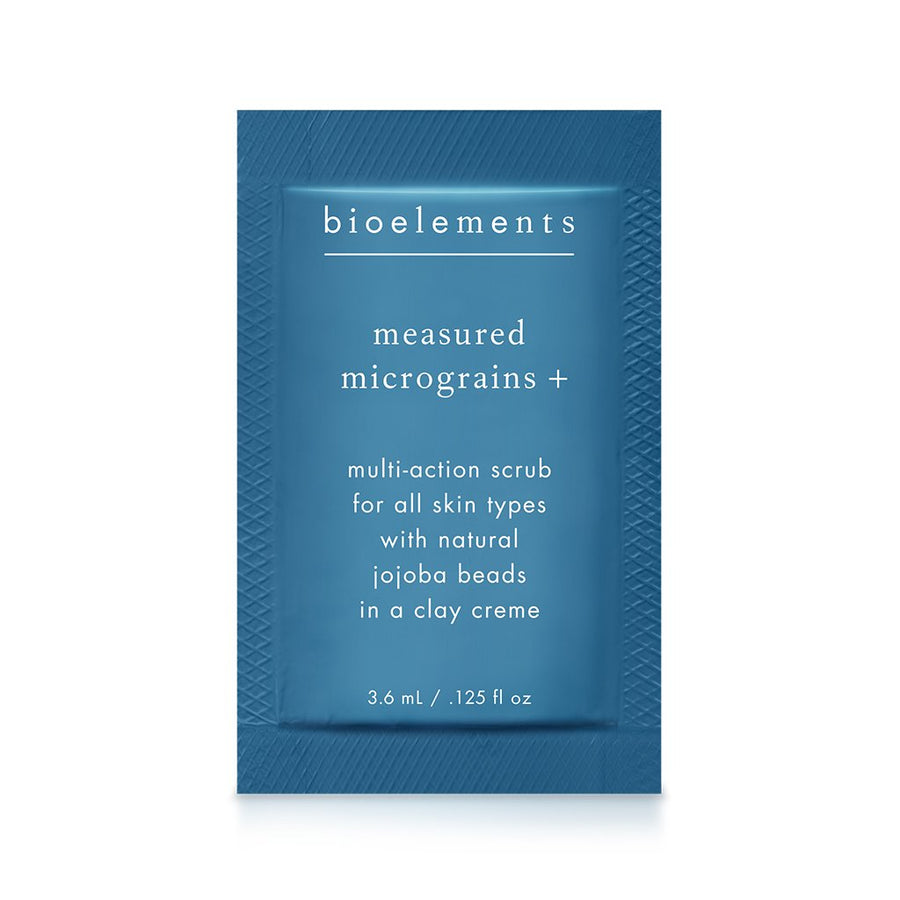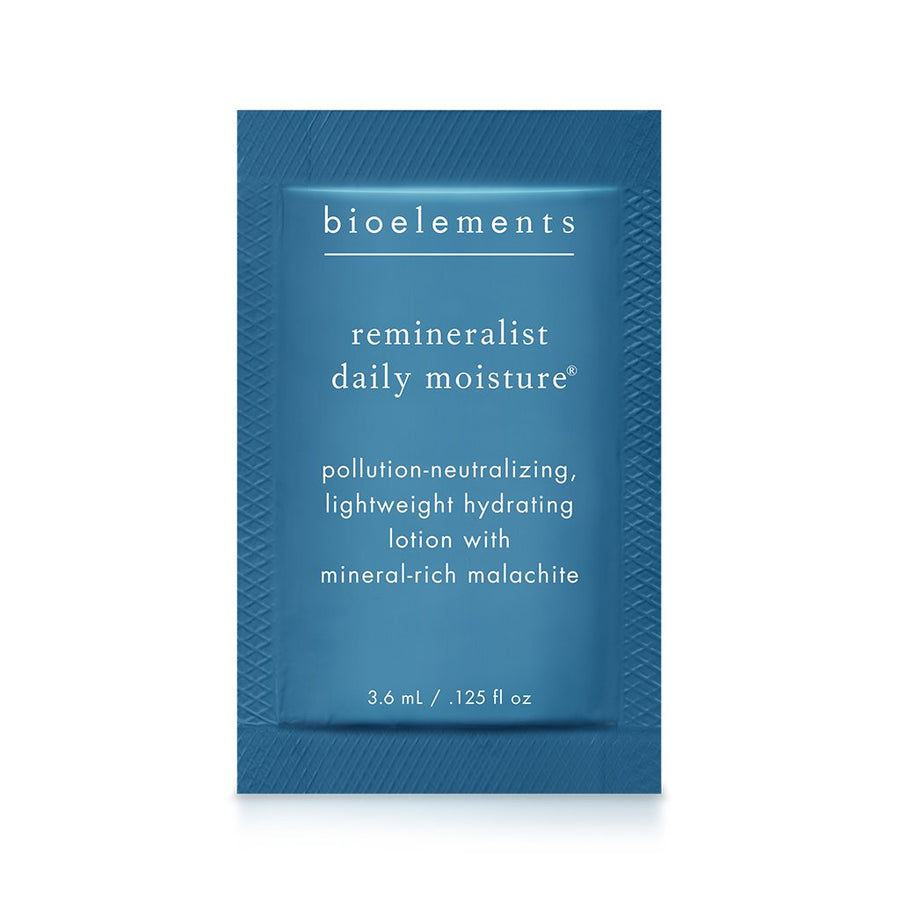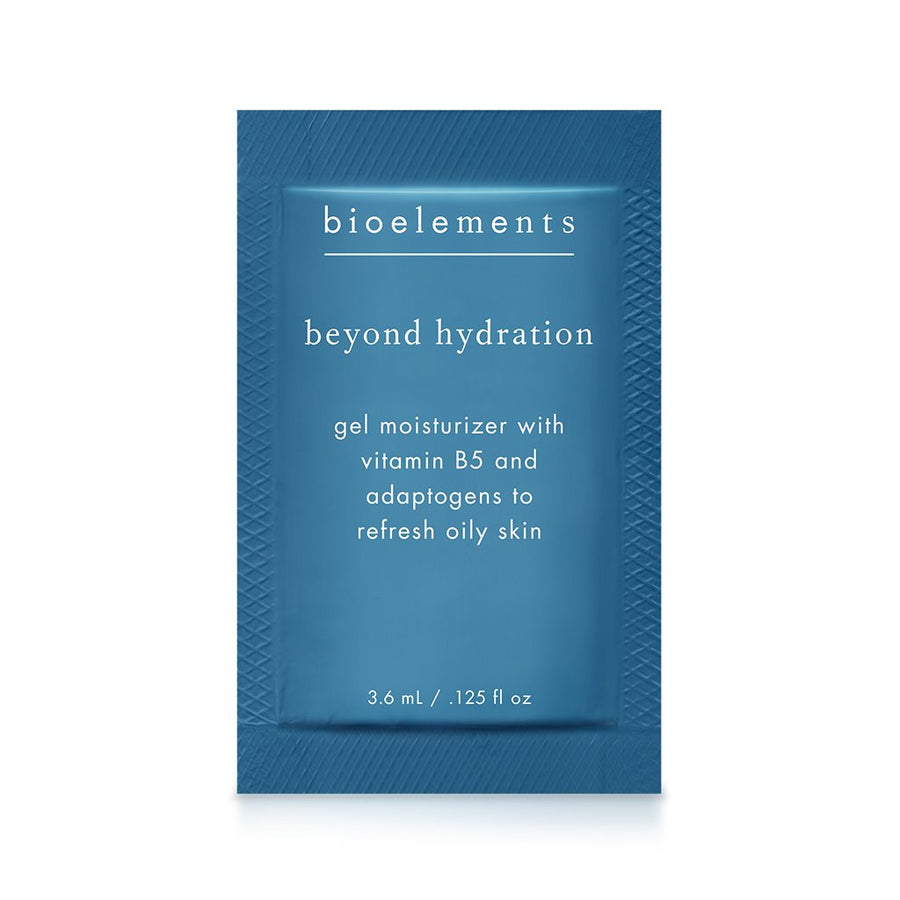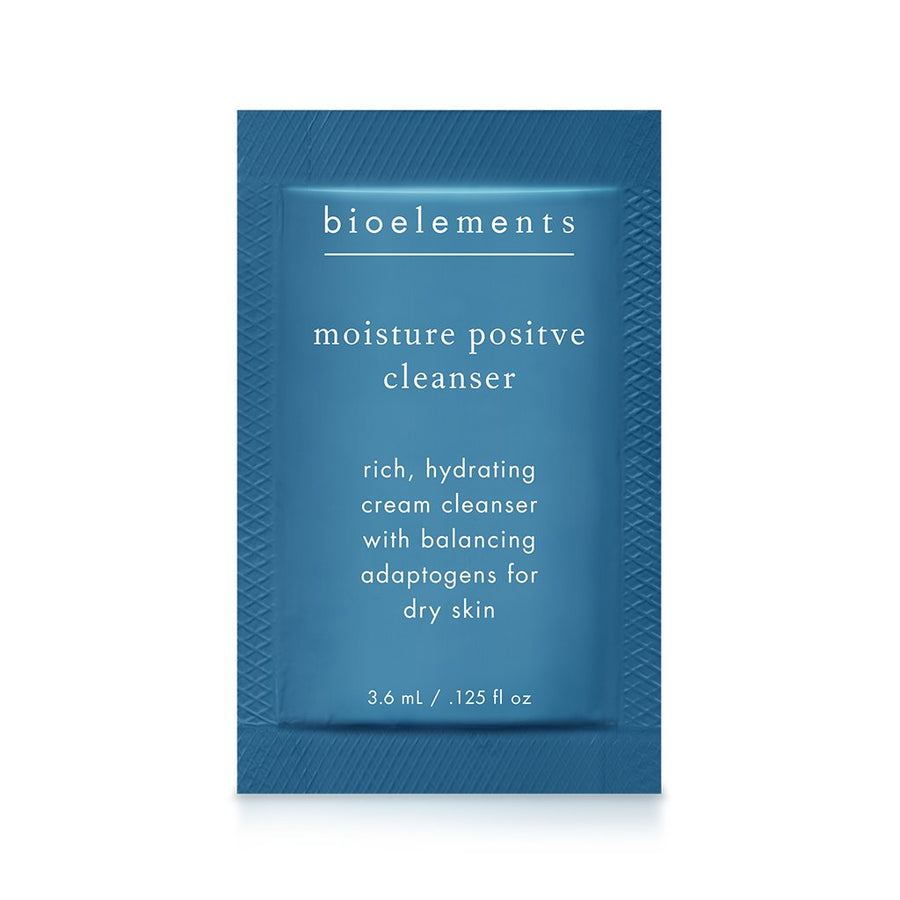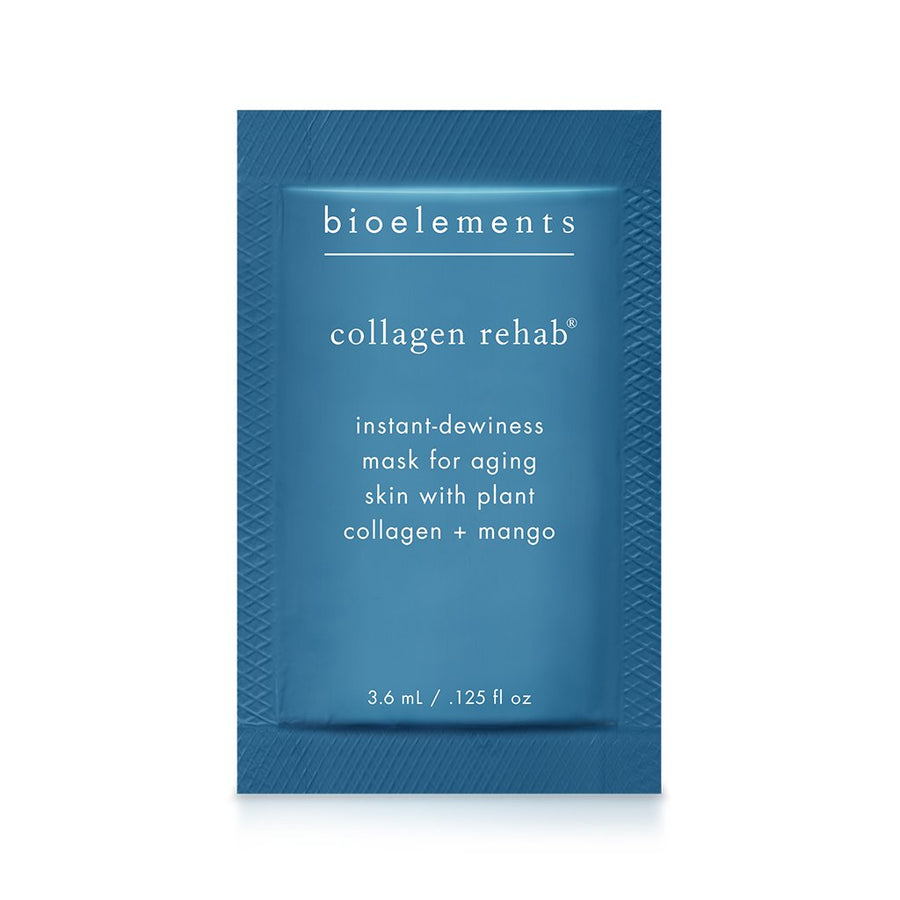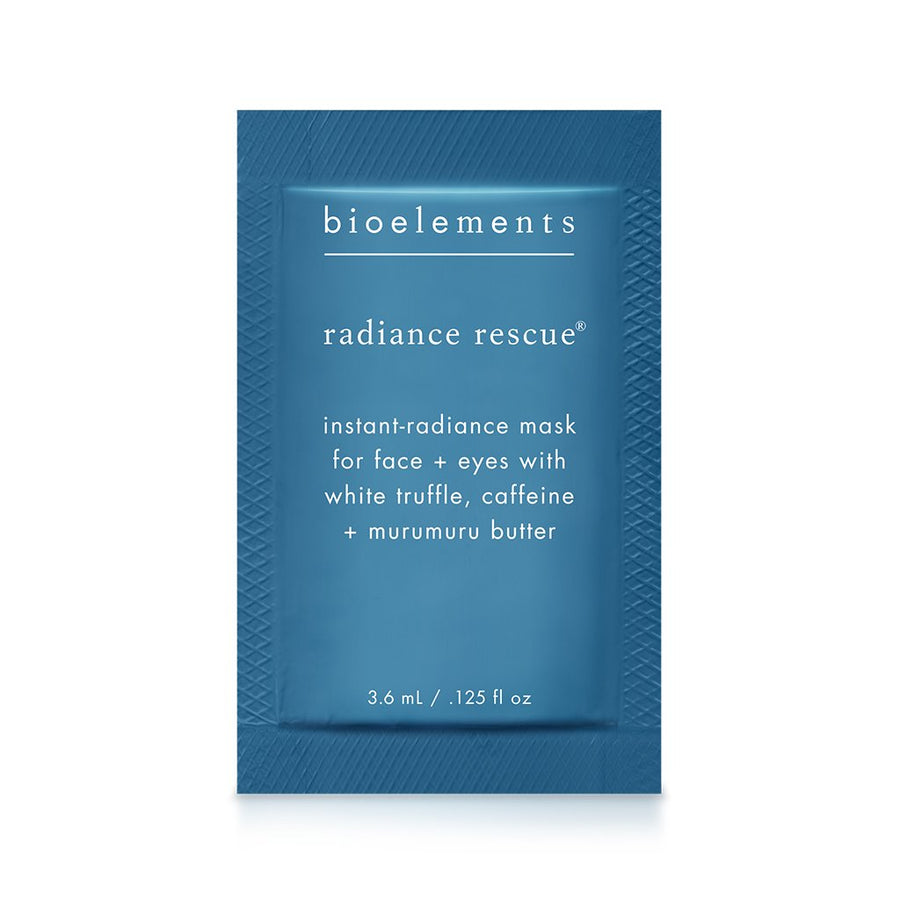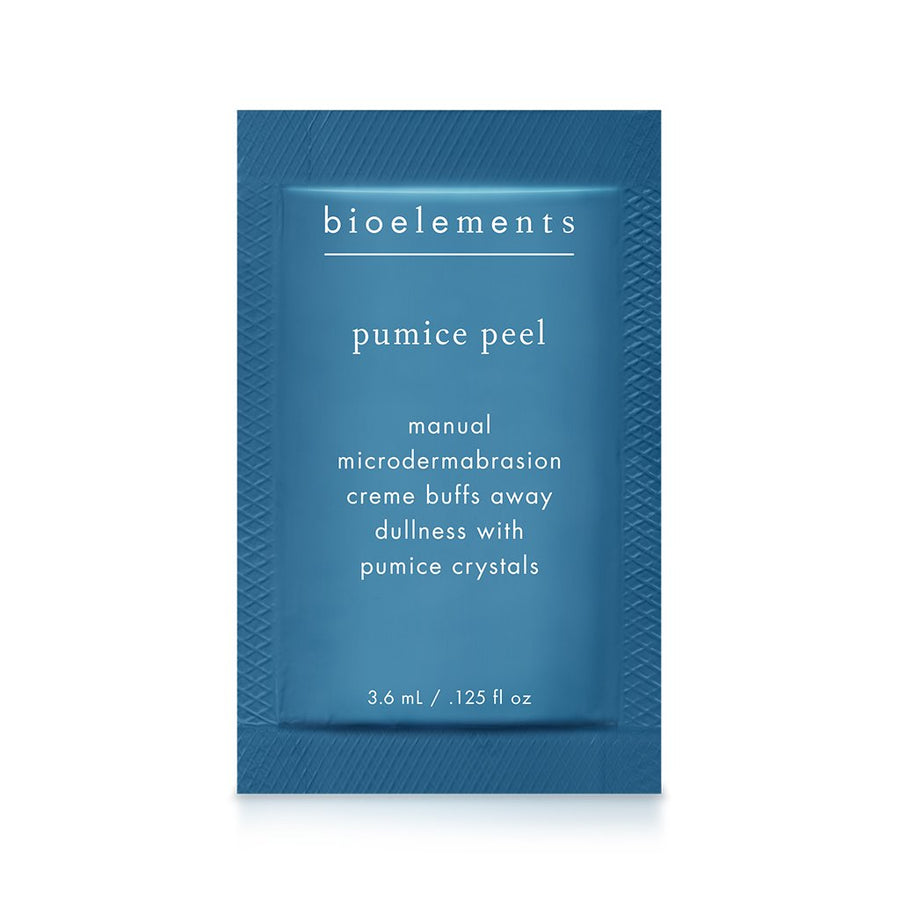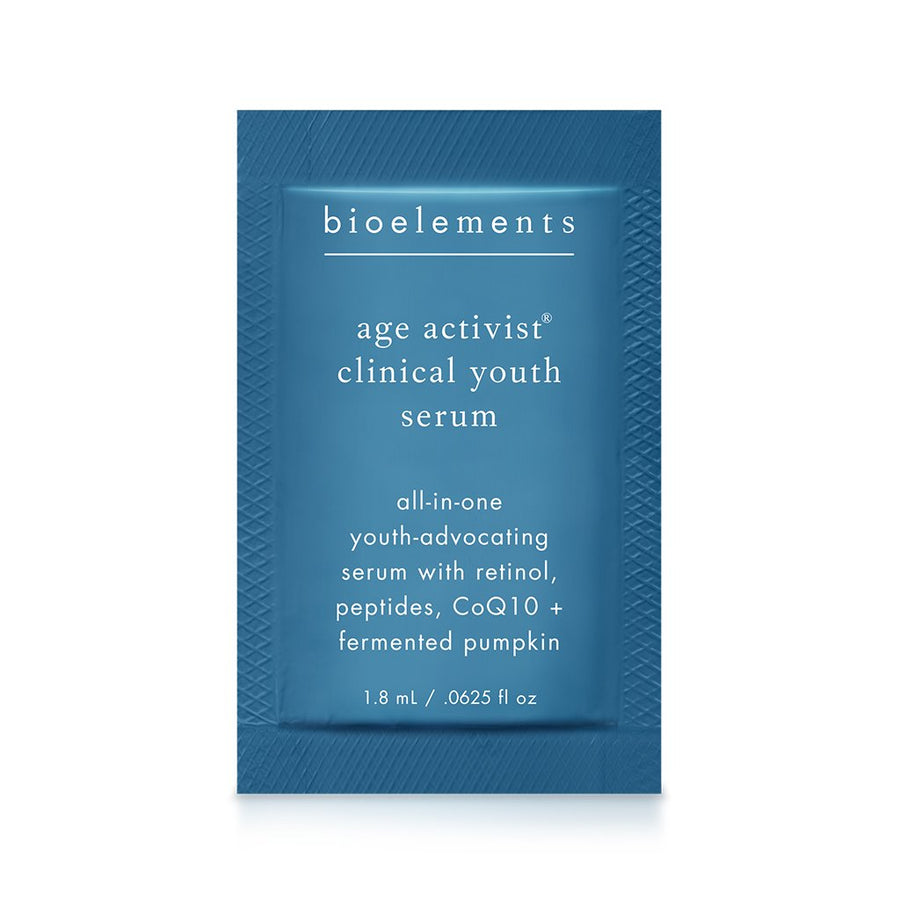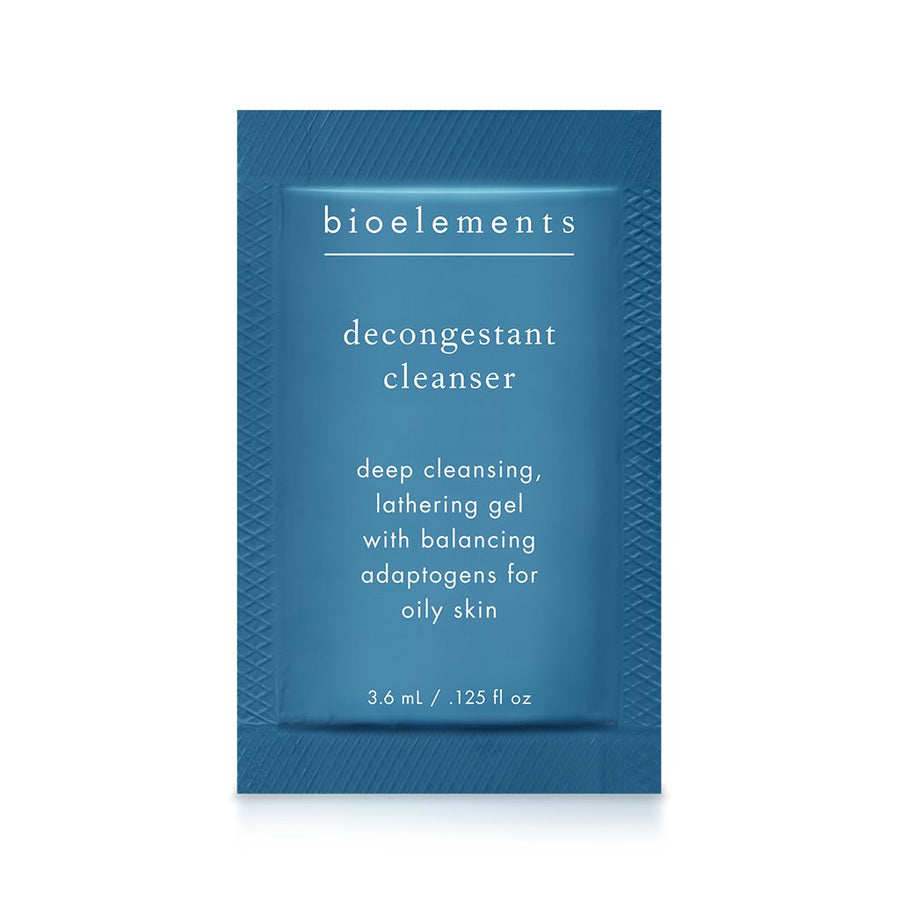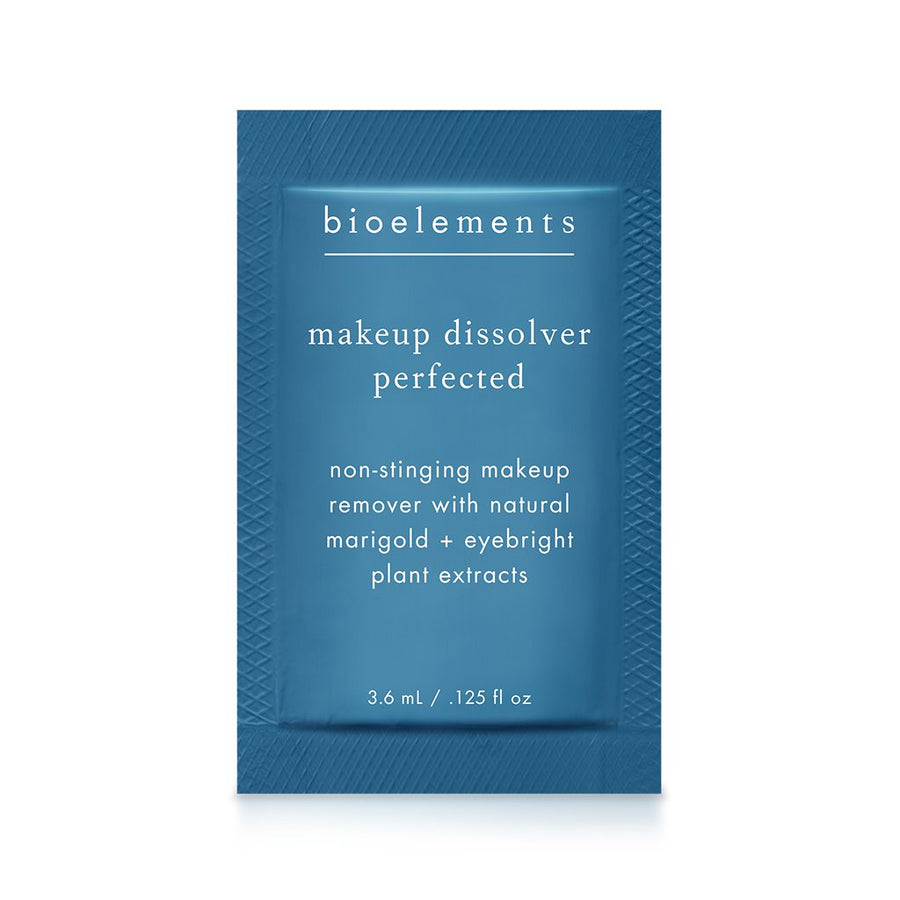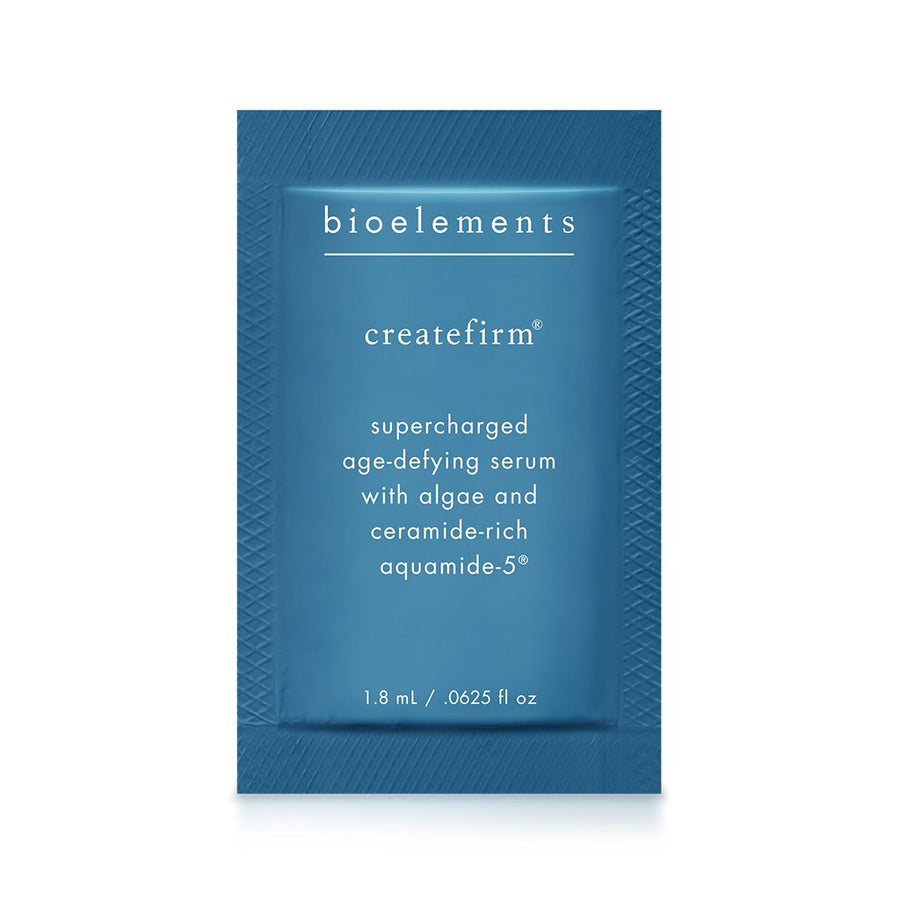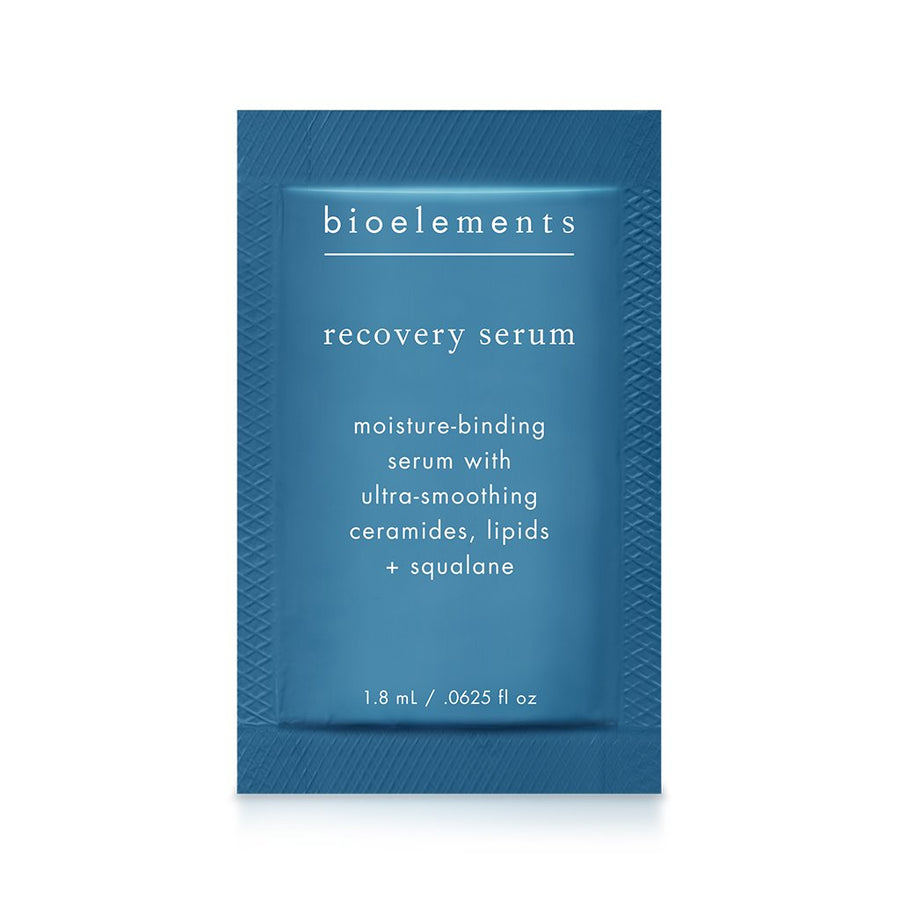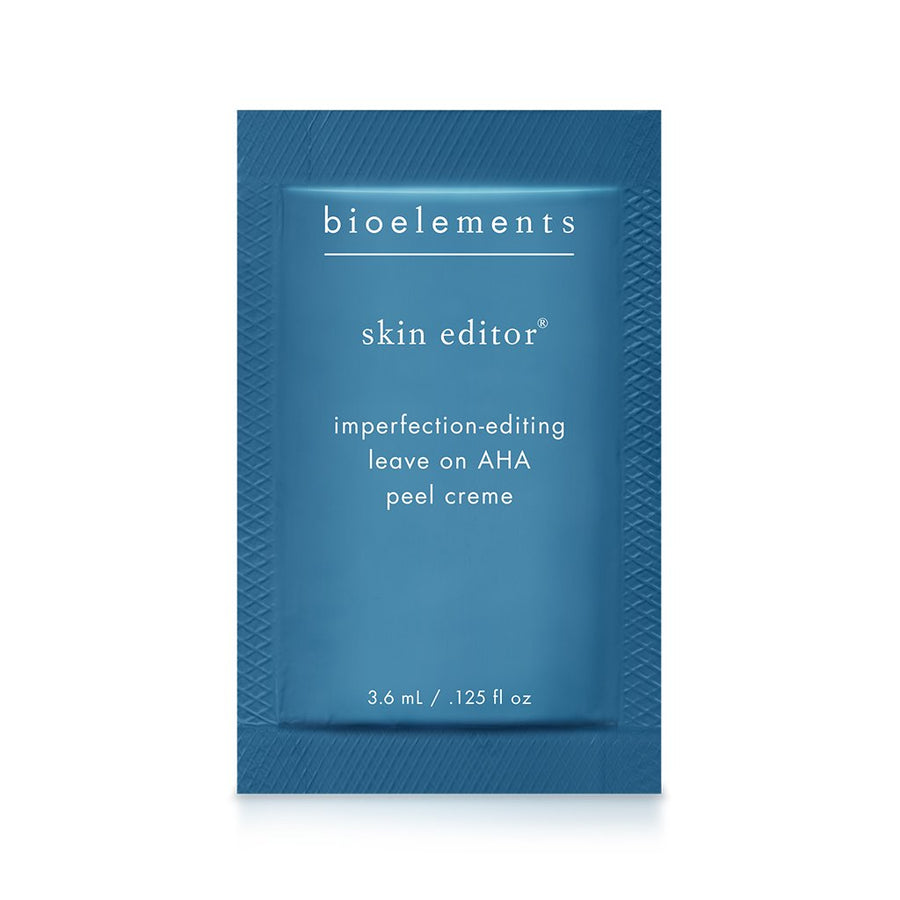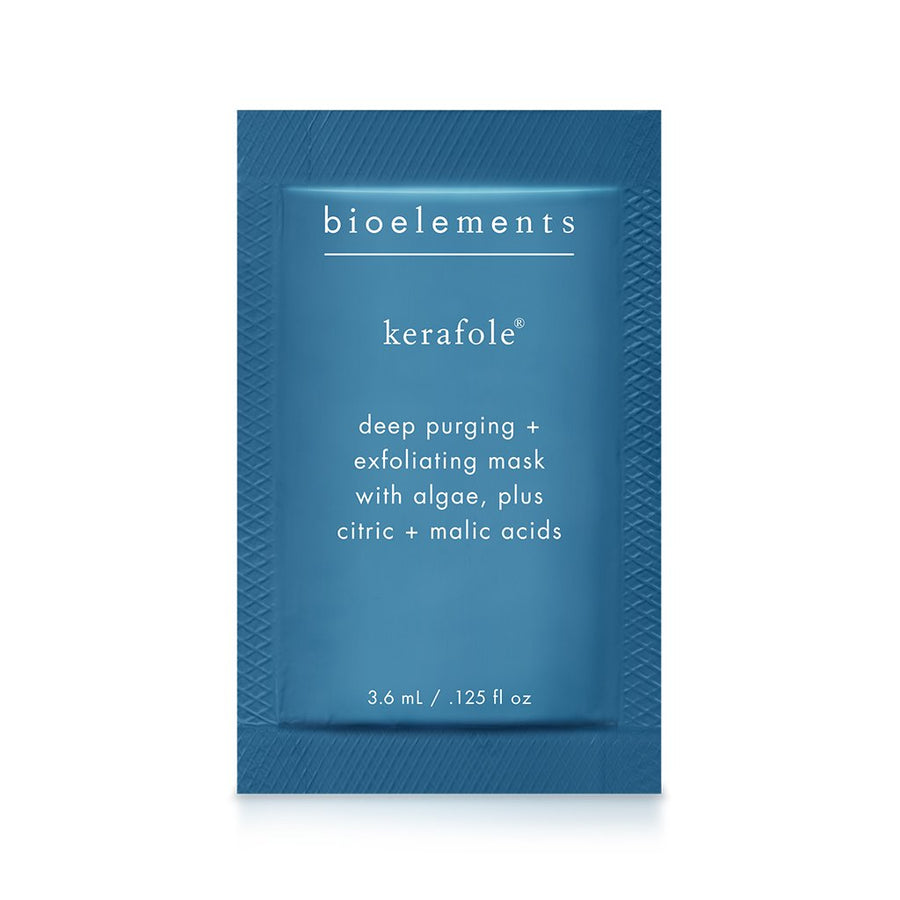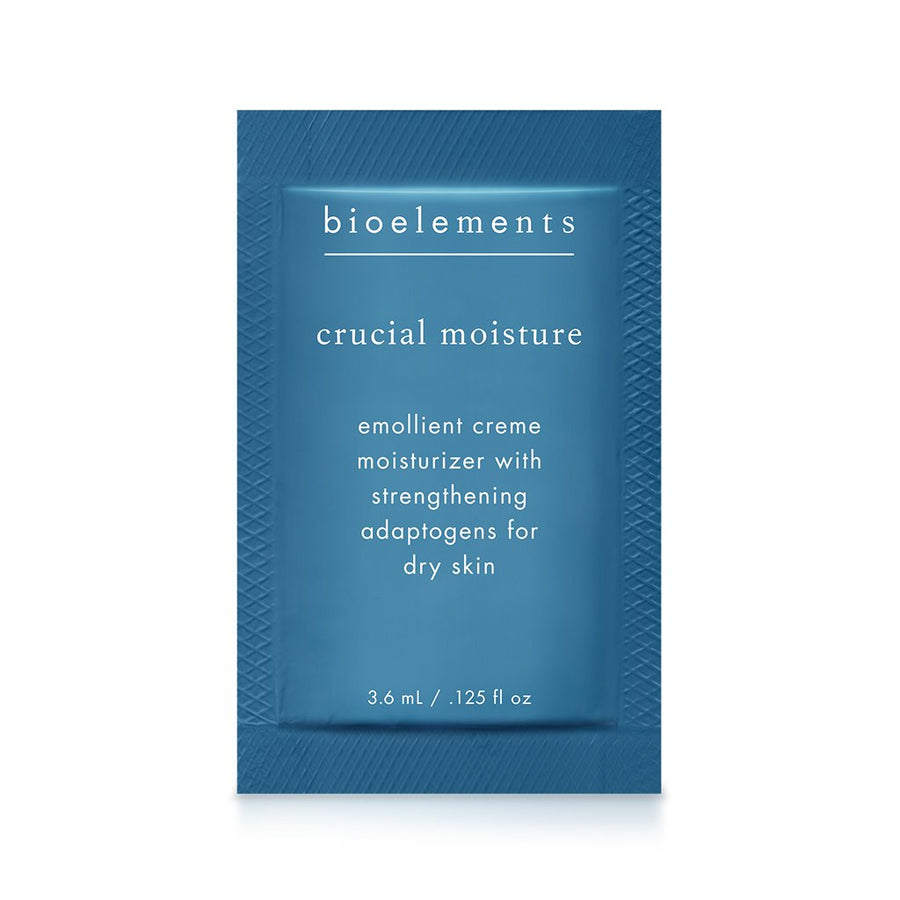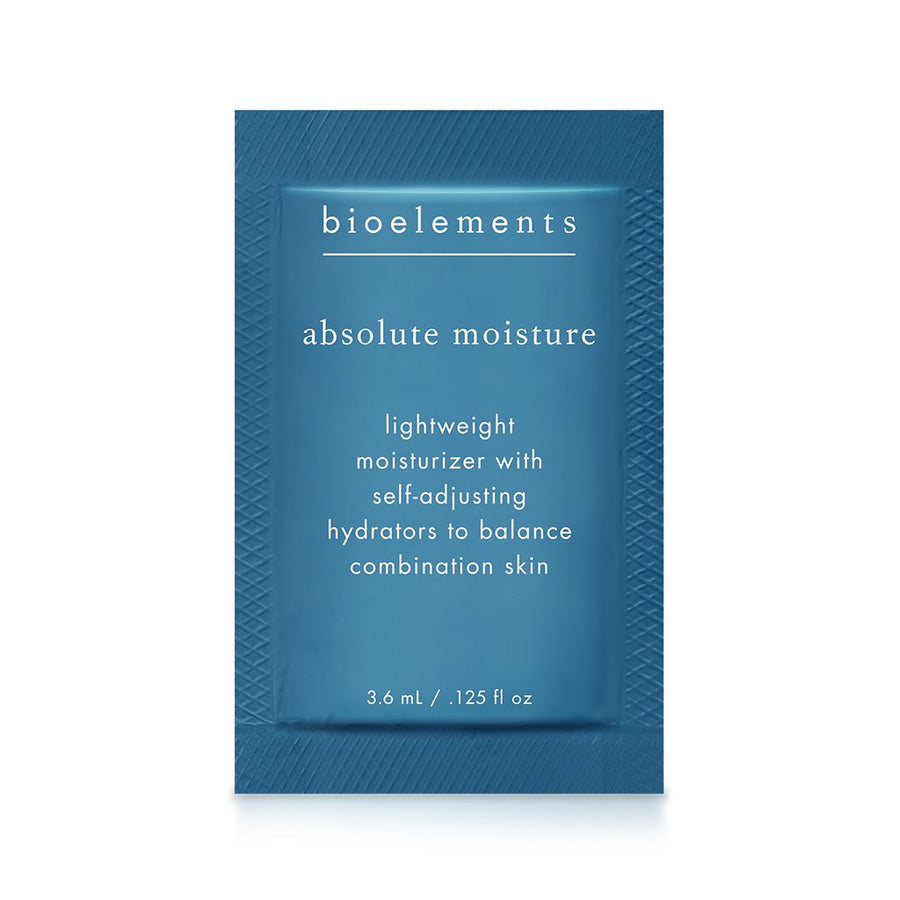Though summer is coming to an end, it's still heating up – that doesn’t mean your skin has to suffer the scorching consequences. From using the wrong sunscreen to not using enough, even the most skin-care-savvy among us can slip up when the heat is on. Don’t worry – if you fell victim to these common summer skin care mistakes, here's how to fix them this fall.
Summer Mistake #1: Not wearing enough sunscreen or not applying regularly
More is always better when using SPF, especially in amounts and reapplication. Not using enough sunscreen and neglecting to reapply it regularly (especially when active outdoors, swimming, sweating, etc.) can leave the skin susceptible to damage. Sunscreen acts as a barrier against harmful UV rays that can cause sunburn, premature aging and increase the risk of skin cancer. Insufficient application or infrequent reapplication reduces the effectiveness of sunscreen, leaving the skin vulnerable to UV damage.
Course Correction: For the face, a nickel-sized amount is typically recommended for adequate coverage while the general guideline for the body is about one ounce (the amount to fill a shot glass). While the goal is to reapply about every two hours, consider an immediate reapplication after swimming, sweating and towel-drying even if the sunscreen claims to be water-resistant. Better sun protection means less UV damage to contend with later.
Summer Mistake #2: Using the wrong SPF
Consumers often choose the wrong SPF for their sunscreen, either opting for too low or even too high of a number. Some may select too low under the assumption that it will provide adequate protection, however, it does not shield against harmful UV rays for prolonged periods, especially during outdoor activities. Others may go for excessively higher numbers, believing an SPF 100 is better protection when, in reality, the difference is quite small and gives a false sense of extended UV protection. These higher SPFs can potentially come with issues such as thick texture, chalky appearance and potential skin irritation.
Course Correction: Choosing the right SPF involves considering your skin type, sun exposure duration and activities. Aiming for a broad spectrum SPF 30 or higher for most individuals tends to be an optimal choice. Also, consider what really works for you and what you stay committed to. Not a fan of too many products? Opt for an SPF+ moisturizer in one formulation. Is your sunscreen casting a chalky film? A chemical sunscreen may have a better-blended finish versus titanium dioxide or zinc oxide.
Summer Mistake #3: Believing the SPF in your makeup is enough protection
While it's great that many foundations and powders have included SPF, relying solely on them for sun protection does not quite shield against the sun’s rays like we need. The truth is, most of us don't slather on makeup thick enough to reach the SPF levels claimed on the label. Plus makeup wears off during the day, leaving our delicate skin exposed to UV damage.
Course Correction: It’s totally fine to wear the makeup with SPF, but remember to apply a dedicated sunscreen product underneath to ensure proper UV protection. This way your skin has an extra layer of sun safety and still maintains a radiant glow.
Summer Mistake #4: Overestimating your skin's sun tolerance
Not everyone’s skin responds to the sun in the same manner. While some of us easily tan, others can experience sunburn in a matter of minutes. It all comes down to genetics and melanin response. Understanding our skin’s tolerance to sunlight is crucial for maintaining its health and vitality. It's actually very common to overestimate how much sun our skin can handle for various reasons. The desire for more Vitamin D, not immediately getting sunburned, or our skin type and tone providing natural protection can all lead to the misconception that staying in the sun just a little bit longer is harmless. The fact is every minute in the sun can contribute to cumulative UV damage, accelerated aging and increased risk of skin cancer – and no one is fully immune to these effects.
Course Correction: First assess your skin type and sensitivity to sunlight, considering factors like your natural skin tone, history of sunburns and any medications that may increase sun sensitivity. Secondly, determine your limits and pay attention to changes like erythema, excess heat and darkening of skin tone. Just because you can’t see or immediately notice skin changes doesn’t mean UV damage isn’t happening. Thirdly, be mindful of your environment. Factors such as water, snow and altitude can intensify UV exposure and risks still exist even on cloudy days. Wearing a broad spectrum sunscreen and protective clothing like hats and sunglasses can go a long way to help us to safely spend more time in the sun without compromising our skin’s long-term health
Summer Mistake #5: Forgetting certain medications can make you sun-sensitive
Certain medications can increase the skin’s sensitivity to sunlight, making it more prone to sunburn and other forms of sun damage. These medications – including some antibiotics, antidepressants, antihistamines and acne treatments like isotretinoin – can cause photosensitivity reactions.
Course Correction: To prevent skin damage while taking these medications, it's crucial to take extra precautions such as wearing hats and sunglasses, seeking shade during peak sun hours and applying broad-spectrum sunscreen with SPF 30 or higher. Additionally, consulting your healthcare providers for guidance on potential sun side effects and sun protection strategies can help minimize the risk.

